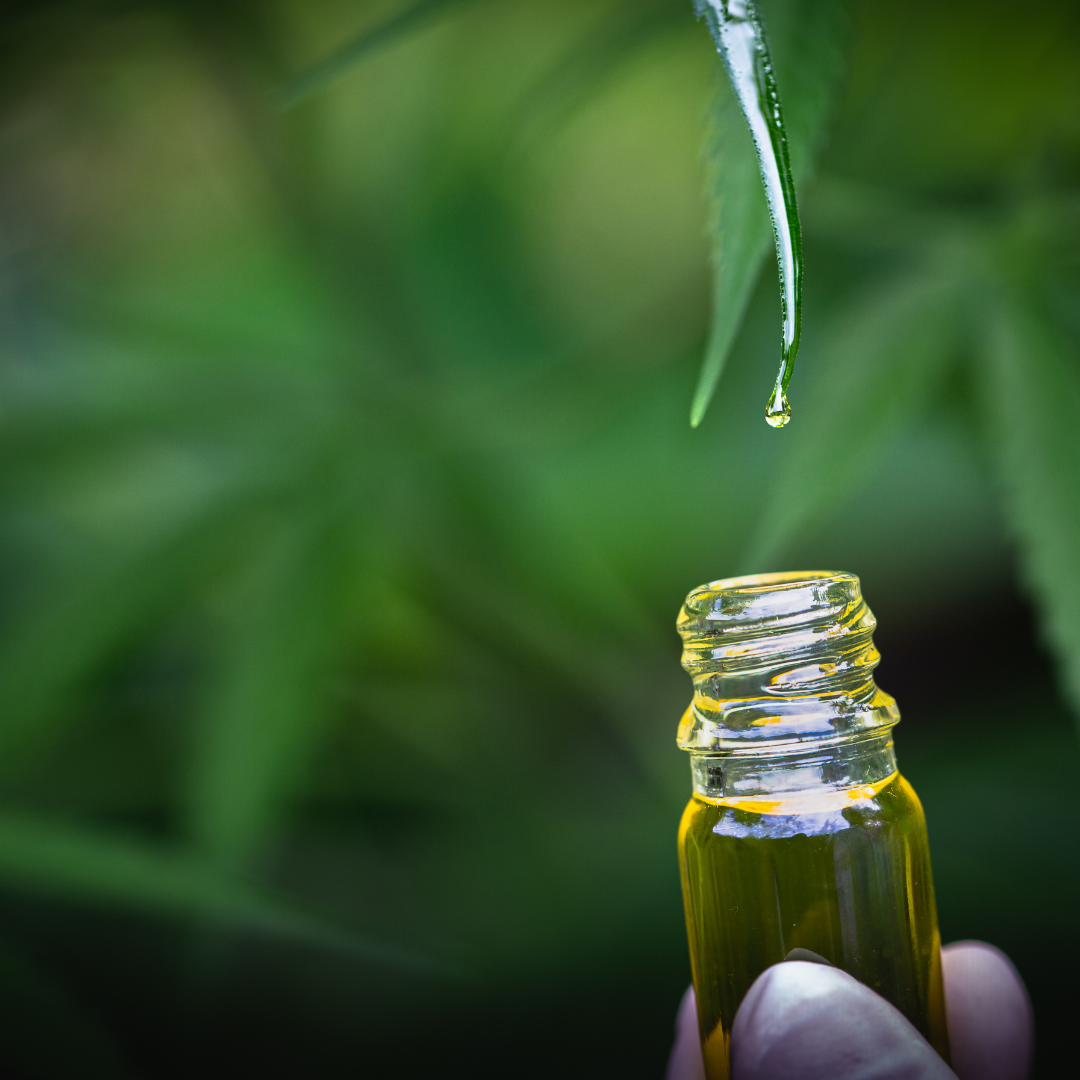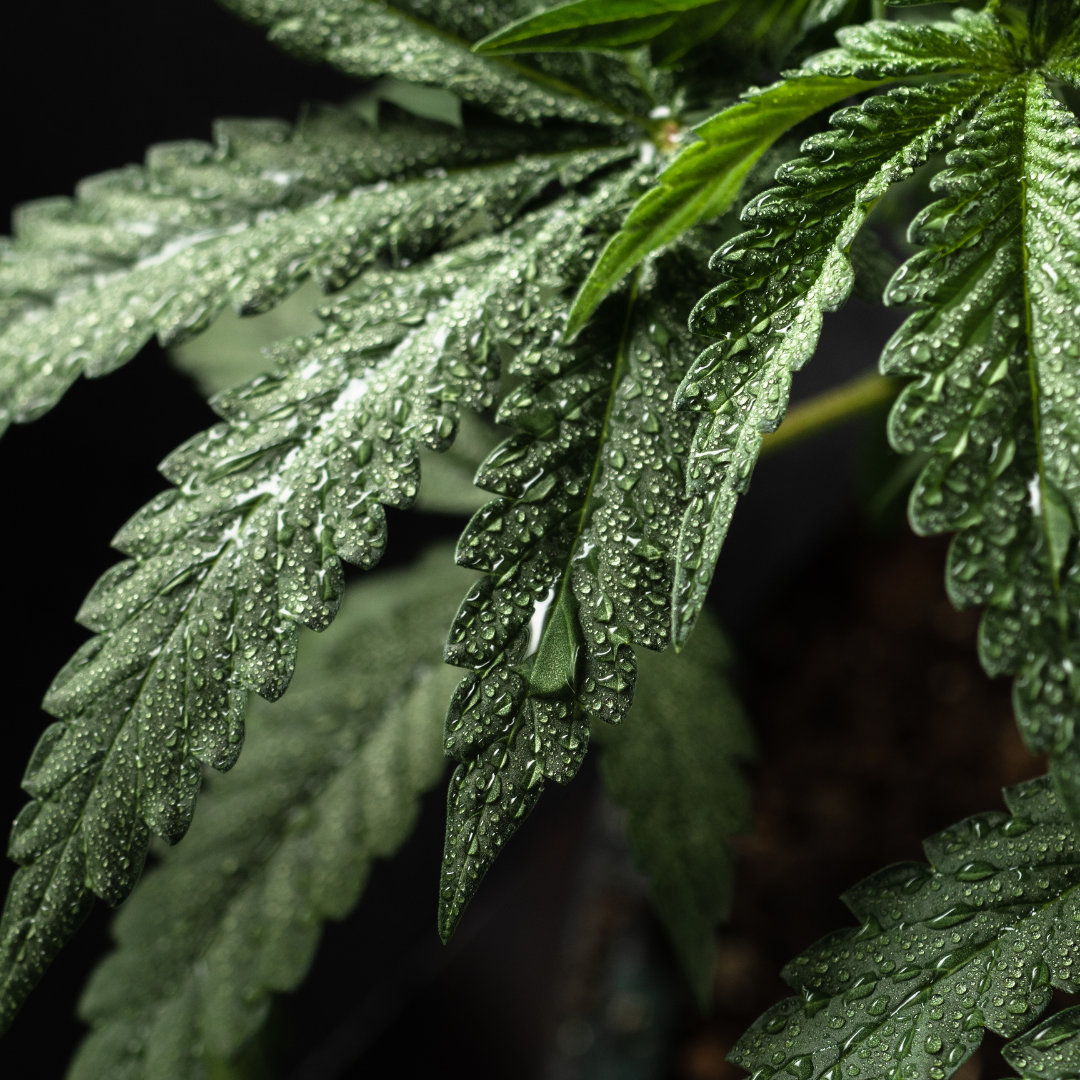About Terpenes
You’ve probably heard all about how scientists have identified more than 100 different cannabinoids in
the hemp plant. Did you know they’ve also identified more than 100 terpenes?
If you asked, “What are terpenes?”, don’t worry. Scientists have only started seriously studying
these compounds in the last few years. This guide will explain everything you need to know about terpenes.
What Are
Terpenes?
Terpenes are compounds that occur naturally in plants. They’re responsible for aromas and flavors. The distinctive scent of lemons or a pine tree is all thanks to these powerful compounds.
The distinctive scent of the cannabis Sativa plant is also the work of terpenes.
Making plants smell good isn’t the only thing terpenes can do though. In fact, science has recently started uncovering more of what these compounds may be capable of.

The Power Behind
Plant-Based Wellness?
Most people think that any potential benefits of hemp come from cannabinoids like CBD. These compounds have their place, but terpenes may also play a role.
Terpenes may be responsible for the potential benefits associated with many plants used in traditional healing. Lavender, for example, is thought to promote sleep and relaxation.
Science can now say that it might actually be true, and it’s thanks to the terpene linalool. This compound appears to have sedative effects, which means it can help you catch your 40 winks.
Teaming Up
For Higher
Effectiveness
There’s also some suggestion that terpenes and cannabinoids might actually work together.
Terpenes may also be the reason some strains of cannabis have certain effects. Some high CBD strains seem to promote relaxation. Others might make people feel more energetic.
The difference could come down to terpene content. A strain that’s high in the terpene myrcene may promote feelings of relaxation and sleepiness. By contrast, one that has more terpinolene could make you feel more focused and uplifted.
The entourage effect theory says terpenes work together with cannabinoids. In doing so, they amplify these effects.

A List Of Terpenes And
Their Benefits
A terpenes chart is useful for mapping terpenes and their potential effects. You may be able to find one for your favorite strain. Some CBD and hemp producers are now listing terpenes on their products as well.
So, what terpenes can you find in hemp and cannabis products? What effects do they have?
As mentioned, there are more than 100 identified terpenes. Here are the top 5 terpenes to remember.
Pinene
Focus
As mentioned, there are more than 100 identified terpenes. Here are the top 5 terpenes to remember.
Potential Medical Value:

Anti-Inflammatory

Anti-Anxiety
Linalool
Relaxation
Linalool is known as a comfort aroma. Found in lavender, cotton, and linen, it’s responsible forthe soothing smell of fresh warm sheets and towels.
Potential Medical Value:

Anti-Anxiety

Sedative

Antibacterial
Myrcene
Body Buzz
Present in mangoes and hops, Myrcene smells earthy, yet tropical and is known for its potentially relaxing and comforting effects that make it easy to stay on the couch.
Potential Medical Value:

Anti-Fungal

Insomnia Relief

Anti-Inflammatory

Anti-Bacterial
B-Caryophyllene
Happiness
This spicy aroma is found in peppers. Beta Caryophyllene may elevate mood, alleviate depression, and allow your worries to float away.
Potential Medical Value:

Anti Fungal

Pain Relief
Limonene
Energetic
Readily associated with lemons and citrus, limonene may promote stress relief + mood elevation, encouraging conversation and overall happiness.
Potential Medical Value:

Anti-Anxiety

Antidepressant

Taking Advantage Of Terpenes Benefits
Terpenes occur naturally in almost every plant, including hemp plants. If you use cannabis, then you can usually access the benefits of terpenes as well.
What about if you use CBD products? Full-spectrum and broad-spectrum CBD products may still have terpenes. The refinement process for making CBD isolate, though, destroys terpenes.
Some companies have recognized how important terpenes are. They’re now putting terpenes back into the products they make with CBD isolate.
Adding terpenes to an ultra-pure CBD product also allows for granular control over the profile. It allows for custom blends of terpenes that deliver the right effects and better flavors.
Discover The
World Of
Terpenes
Terpenes provide flavor, and they may have powerful benefits for your well-being. Check for a terpene chart with any CBD product you want to use, and you’ll have an even better understanding of its effects.
Looking for great products that offer you the best of CBD and terpenes together? Check out the shop! A more flavorful wellness experience is just a few clicks away.
